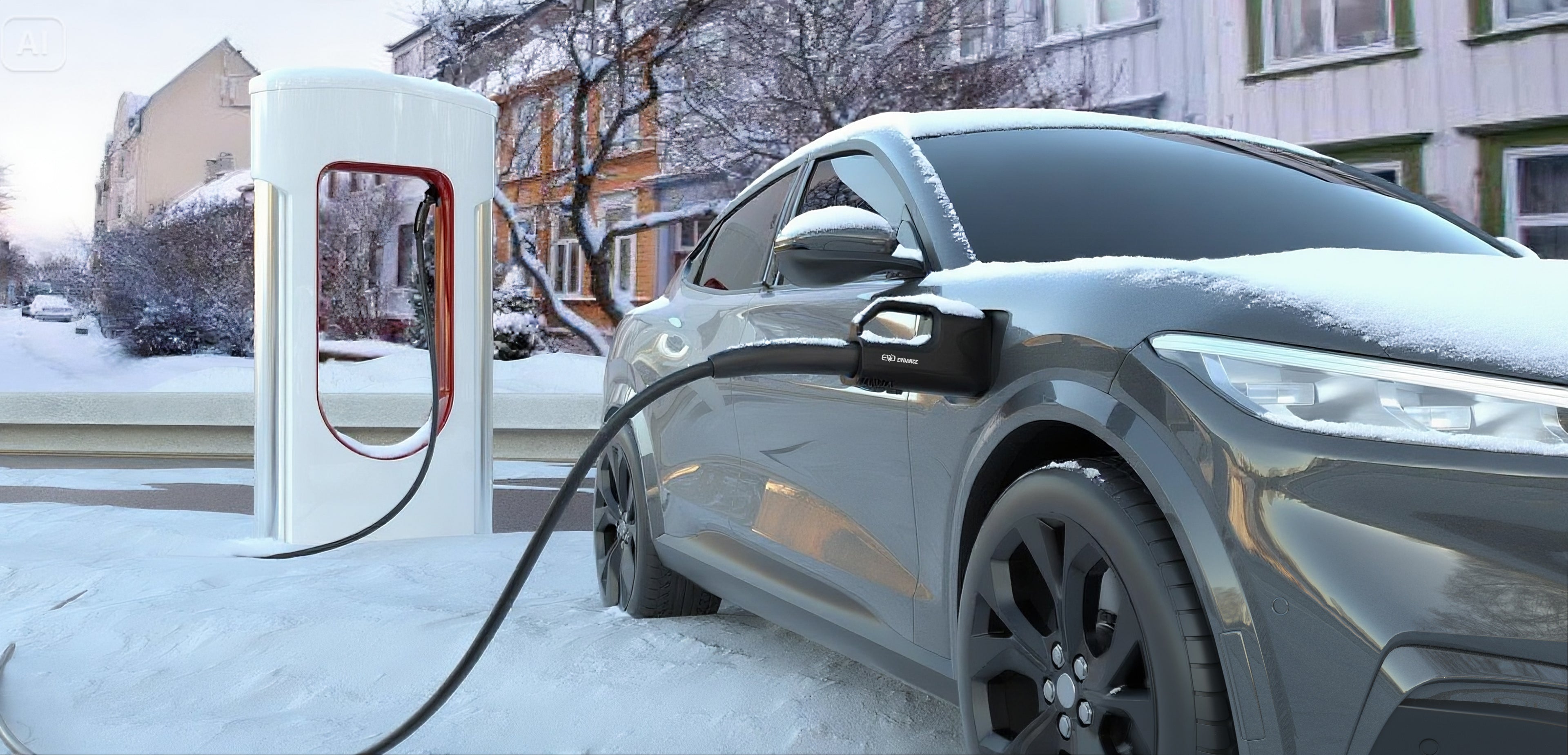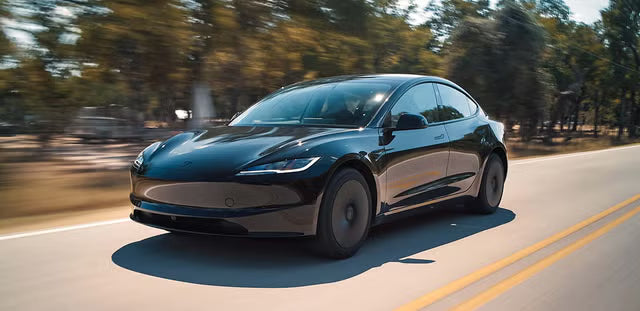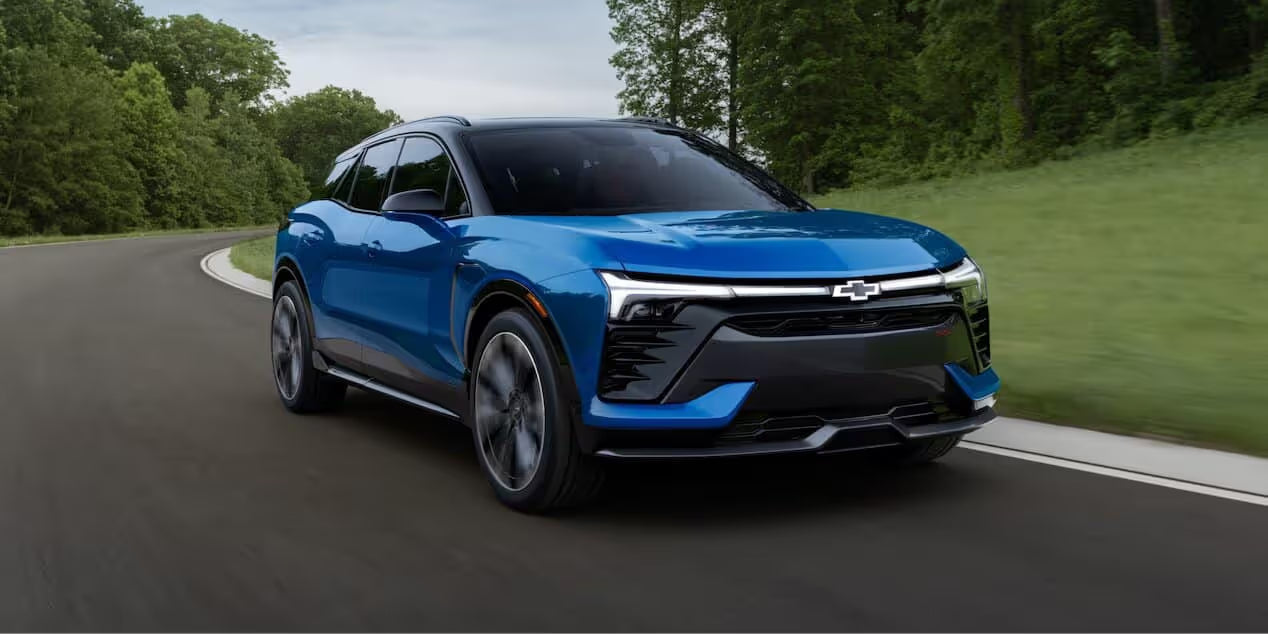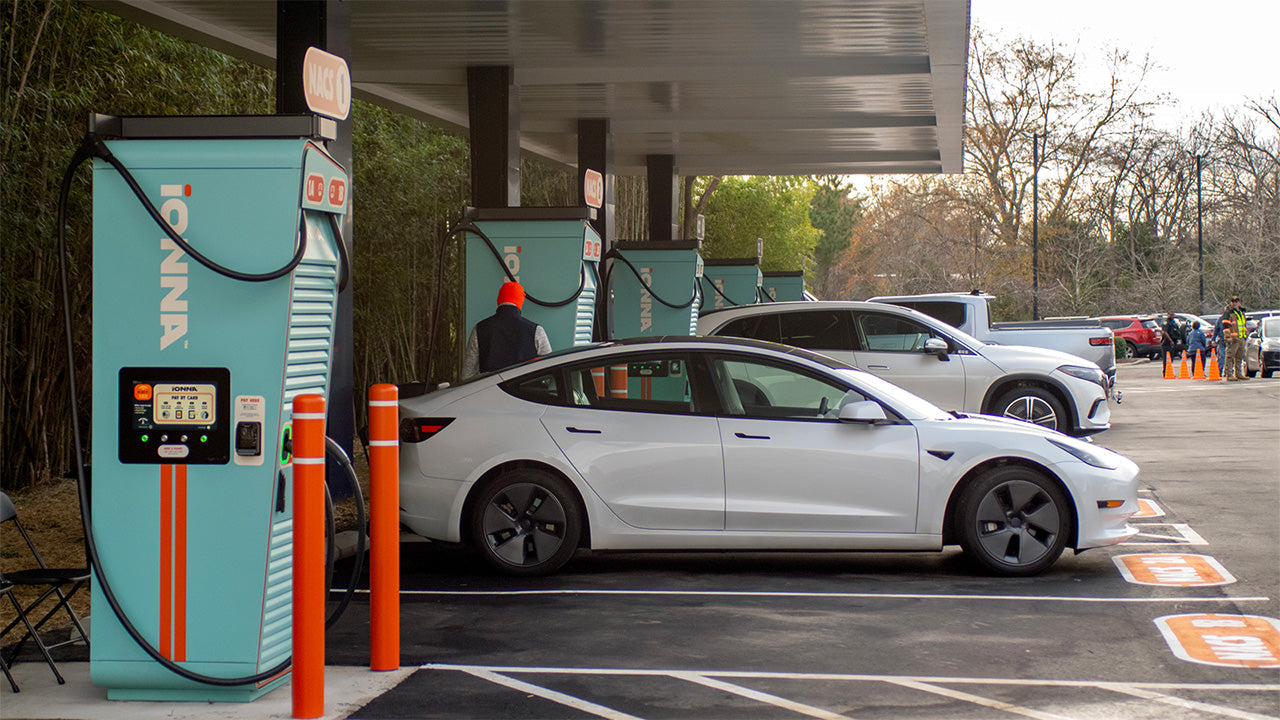As electric vehicles (EVs) become increasingly mainstream, charging infrastructure has become one of the most critical components of EV adoption. Among the various charging levels available, public DC fast charging—commonly referred to as Level 3 charging—is a cornerstone for long-distance travel and high-usage EV owners. This article explores what Level 3 charging is, how it works, and what every EV driver should understand before plugging in.
What Is Level 3 Charging?
Level 3 charging, or DC fast charging, refers to the highest level of EV charging speed currently available to the public. Unlike Level 1 (120V AC) and Level 2 (240V AC) chargers that deliver alternating current (AC) and rely on the vehicle’s onboard charger to convert it to direct current (DC), Level 3 chargers deliver high-voltage DC power directly to the battery. This bypasses the onboard charger and significantly accelerates the charging process.
Key Characteristics:
-
Voltage: Typically 400V–1000V DC
-
Power Output: Ranges from 50 kW to 350 kW
-
Charging Time: 10–45 minutes for 10% to 80% charge
-
Connector Types: NACS (Tesla), CCS1 (North America), CHAdeMO (legacy Nissan)
How Level 3 Charging Works
EV batteries store and utilize DC electricity. Level 3 chargers house powerful rectifiers and control systems that convert AC grid power into DC power and deliver it directly to the vehicle’s battery via a high-power connector. This eliminates the slower AC-to-DC conversion process handled by the car’s onboard charger.
Charging Steps:
-
Authentication: Driver taps card or app to begin the session
-
Handshaking: The charger and EV communicate to negotiate voltage, current, and safety parameters
-
Power Delivery: Charger rapidly injects DC power directly into the battery
-
Tapering: Charging slows near 80% to avoid battery degradation
-
Session Ends: User unplugs and billing is processed

Advantages of Level 3 Charging
1. Speed
Level 3 chargers are ideal for drivers who need to quickly recharge during road trips or tight schedules. For example, a Tesla Model Y can regain 200+ miles of range in under 30 minutes using a 250 kW charger.
2. Convenience
Public DC fast chargers are commonly found at highway rest areas, urban hubs, and shopping centers—ideal locations for recharging during errands or long drives.
3. Essential for Commercial Fleets
Commercial EV fleets such as delivery vans, taxis, and rideshares depend on DC fast chargers to minimize downtime.
Limitations and Considerations
While Level 3 charging offers significant benefits, it comes with a few important caveats.
1. Battery Wear
Frequent use of DC fast charging can accelerate battery degradation over time. Automakers often recommend using Level 3 chargers sparingly.
2. Cost
DC fast charging is typically more expensive than home Level 2 charging. Rates vary from $0.25 to $0.65 per kWh, depending on the network, location, and time of day.
3. Charging Curve
The charging speed is not linear. Most EVs charge quickly up to 80%, after which the rate tapers off to protect the battery.
Compatibility and Standards
EV drivers should know which connector type their vehicle uses:
| Connector Type | Common Vehicles | Notes |
|---|---|---|
| CCS1 | Ford, GM, BMW, Hyundai, Kia (pre-2025) | Widely adopted in North America |
| NACS (Tesla) | All Tesla models, other brands post-2025 | Becoming U.S. standard |
| CHAdeMO | Nissan LEAF (older models) | Being phased out |
Note:
Many EVs now come with adapters or support multiple connector types. Starting in 2025, most U.S. automakers will shift to NACS as the standard DC fast charging interface.
Where to Find Public Level 3 Chargers
Charging infrastructure is rapidly expanding. Leading networks include:
-
Tesla Supercharger: 25,000+ plugs in North America, expanding access to non-Tesla vehicles
-
Electrify America: 800+ stations across major highways and metro areas
-
EVgo: Fast urban-focused network, often integrated with retail locations
-
ChargePoint: A mixed network with DC and Level 2 stations nationwide
Apps like PlugShare and A Better Route Planner (ABRP)make it easy to locate compatible DC fast chargers based on your vehicle model.
Charging Etiquette and Tips
-
Don’t Overstay: Move your vehicle once charging ends to free the station
-
Monitor Charging: Use mobile apps to track progress and avoid unnecessary fees
-
Check Station Status: Some chargers may be offline or under maintenance
-
Be Courteous: Only use fast charging when necessary—avoid blocking access for others
Future of Level 3 Charging
With government investment (such as the $5 billion National Electric Vehicle Infrastructure—NEVI—program), the number of Level 3 charging sites is projected to triple by 2030. Innovations like battery-buffered chargers, vehicle-to-grid integration, and megawatt charging for heavy-duty vehicles are also on the horizon.
Conclusion
Level 3 DC fast chargers are the backbone of modern electric mobility, especially for road trips, high-mileage EV drivers, and fleets. While they are not a daily charging solution for most drivers, their speed and convenience make them a crucial part of the EV ecosystem.
Understanding how DC fast charging works, when to use it, and how to maximize its efficiency will empower you to make better decisions as an EV owner in an increasingly electrified world.
Recommend Reading: Rivian Expands Fast-Charging Network AND Opens Most Stations to All EVs








Share:
How Smart Charging and Proactive Maintenance Can Extend EV Battery Life
How Far Does a IONIQ 5 Go on a Full Charge?